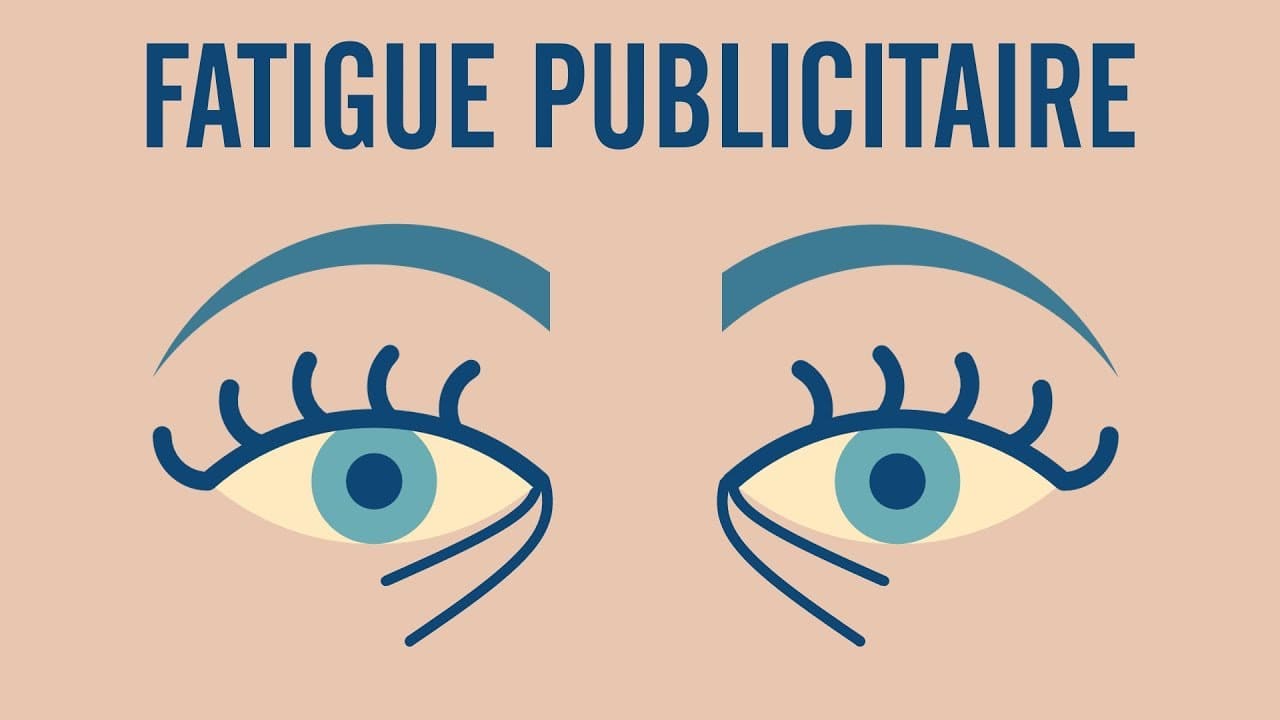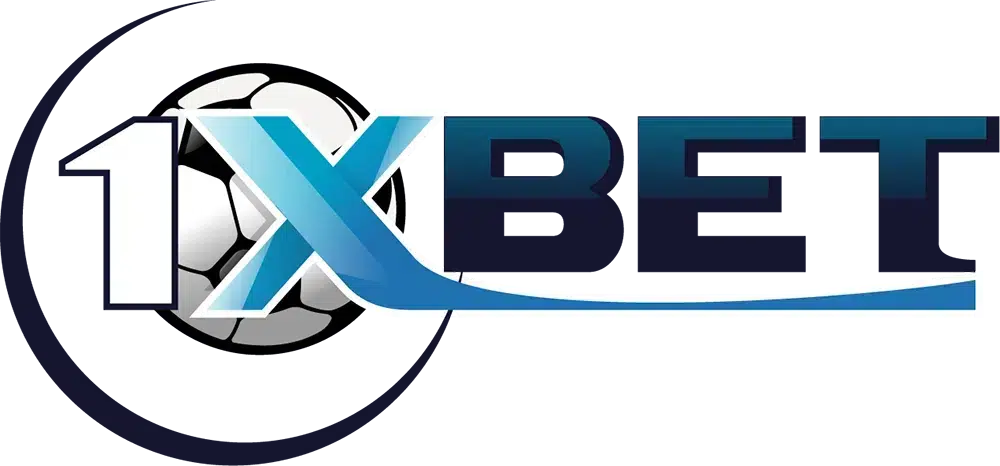What to know about advertising fatigue?

Do you sometimes feel like you're so overwhelmed by advertising that you become indifferent or even annoyed by it? You are not the only one ! Many consumers feel a form of saturation when faced with the omnipresence of promotional messages in their daily lives. We then speak of “advertising fatigue“, a growing phenomenon that worries marketers.
- But what exactly do we mean by this expression?
- Where does this rejection of advertising by consumers come from?
- What are the consequences for brands that invest millions in their campaigns?
- And how do advertisers try to counter this weariness?
In this article, we invite you to see clearer on ad fatigue. Its causes, its effects, the evolution of marketing techniques to renew dialogue with the consumer... You will know everything about this phenomenon which forces advertisers to reinvent themselves in the digital age!
Definition of advertising fatigue 📚🧐
Advertising fatigue refers to consumers' growing satiation, rejection or indifference towards traditional advertising.

Get 200% Bonus after your first deposit. Use this promo code: argent2035
Saturated by its omnipresence, they no longer pay any attention to classic promotional messages. Their brains seem to have “armored” to protect ourselves against this excess of commercial incentives.
This phenomenon is accelerating with the proliferation of advertising media, particularly on the internet. Faced with all this, it is important to put in place a strategy of reduction of this advertising fatigue.
The causes of this fatigue 😩😴
Several factors explain this consumer fatigue with advertising:
Advertising overexposure 💢🚫
The main cause of this weariness is overexposure to messages promotional 💢🚫. Consumers are constantly confronted with it: on television, on the radio, in the street, on the internet, etc.
This omnipresence of advertising in our environment creates a phenomenon of saturation. Our brain ends up defending itself by ignoring these excessive stimuli.
A lack of personalization 😕👤
Another explanatory factor: the lack of personalization of most campaigns 😕👤. The same mass ads are broadcast to everyone.
As a result, consumers do not recognize themselves in it and feel little concerned. This undifferentiated approach reinforces general disinterest.
Original poco arguments 🥱🙄
Advertising fatigue can also be explained by the lack of originality many campaigns 🥱🙄. Many advertisements look the same and respond with the same empty promises.
These repetitive messages end up to tire and arouse indifference. Consumers are demanding freshness!
The rise of ad blockers 🔇🚫
the growing use of adblockers explains this fatigue 🔇🚫. These tools that filter advertising on the internet accustom us to browsing in an environment without advertising. The return to traditional advertising therefore becomes difficult.
The consequences for brands 📉📈
This growing consumer fatigue with traditional advertising has harmful effects for brands who invest massively in this lever. Their campaigns generate less attention and interest than before.
There is a decline in the memorization of messages and announcements. Consumer dropout is more common, particularly on the web where it is easy to “zapper” advertising formats.
This phenomenon also results in a rise in skepticism : the arguments put forward are less taken seriously and credible.
In summary, advertising fatigue significantly reduces the effectiveness and return on investment of campaigns for brands. It even threatens their ability to hit their targets. A real headache for advertisers!
The professional parades 😎🛡️
Faced with this worrying phenomenon, marketers compete with ideas to counter advertising fatigue and recapture consumers' attention. We are seeing an increasing number of campaigns relying on neuroscience and neuromarketing to optimize their impact.
Le use of advertising targeting ultra personalized allows you to address each profile in a relevant way. Brands also rely on branded content, by integrating their message in a more subtle way into entertaining content popular with consumers.
Humor and storytelling allow you to surprise and create viral content. Native ads with a format similar to editorial content blend better into the landscape.
Finally, the choice of influencers allows you to play on authenticity. Professionals use these techniques to make advertising messages more attractive.
What future for advertising? 📈🚀
With the proliferation of channels and the development of ad blockers, the advertising sector must reinvent its approaches to survive consumer fatigue.
Specialists rely on the exploitation of customer data via AI and marketing automation to offer ultra-personalized messages at the right time. The rise of voice assistants also opens up new possibilities for delivering contextual ads on demand.
But beyond targeting, it is by offering engaging brand experiences that the advertisements will make an impression. Rather than extolling the merits of a product, they showcase the brand's universe in a creative way.
Interactivity and the real-time dimension will also be crucial to involve consumers. In summary, the future belongs to brands capable of entertaining and surprising their target!
In summary ✅
Advertising fatigue is a growing phenomenon that harms the effectiveness of campaigns. Consumers, over-solicited, are increasingly impervious to conventional promotional messages.
To attract them, advertisers are relying on innovative formats and ultra-personalization thanks to data. The future belongs to brands that will entertain and engage their target audience through creative devices and engaging experiences.
Advertising must arouse emotions to make an impact. THE challenge is stimulating for professionals in the sector!

Get 200% Bonus after your first deposit. Use this official Promo code: argent2035
FAQ
Q: What is ad fatigue?
R: Advertising fatigue refers to the reduction in attention and memorization of advertisements following overexposure. The brain protects itself by unconsciously filtering invasive advertisements.
Q: What are the signs of ad fatigue in a consumer?
R: Decline in interest in advertising, avoidance of the message, irritation, development of psychological resistance, and ultimately, a drop in campaign effectiveness.
Q: What causes increased ad fatigue?
R: The proliferation of advertising channels, the development of digital, and the inability of advertisers to create relevant and creative messages.
Q: How can brands combat ad fatigue?
R: By taking a creative and contextual approach, using customer data, and delivering a seamless and consistent experience across all touchpoints.
Q: Are there any technological solutions to ad fatigue?
R: Yes, eye-tracking and neuro-marketing make it possible to finely analyze the brain's reactions to advertisements. Behavioral data also helps to better target messages.
Q: Is ad fatigue dooming the future of advertising?
R: Used well, new formats (native, videos, etc.) and consumer data make it possible to create campaigns that are still very effective. However, brands must fundamentally review their approach.
I hope that this article has allowed you to better understand the ins and outs of advertising fatigue, an unavoidable phenomenon in the digital age. Don’t hesitate to share your opinions in the comments! 😉 But before leaving you, here is how to create an irresistible commercial offer.


















Leave comments